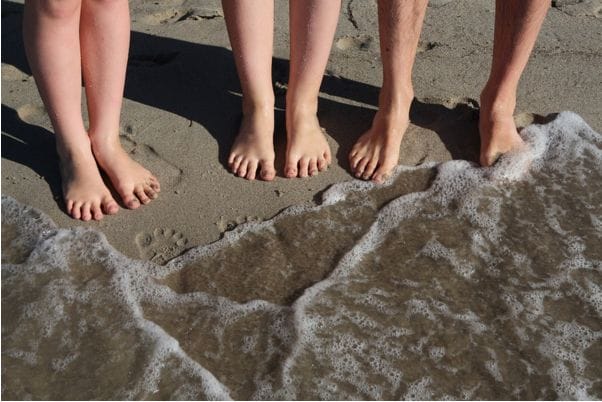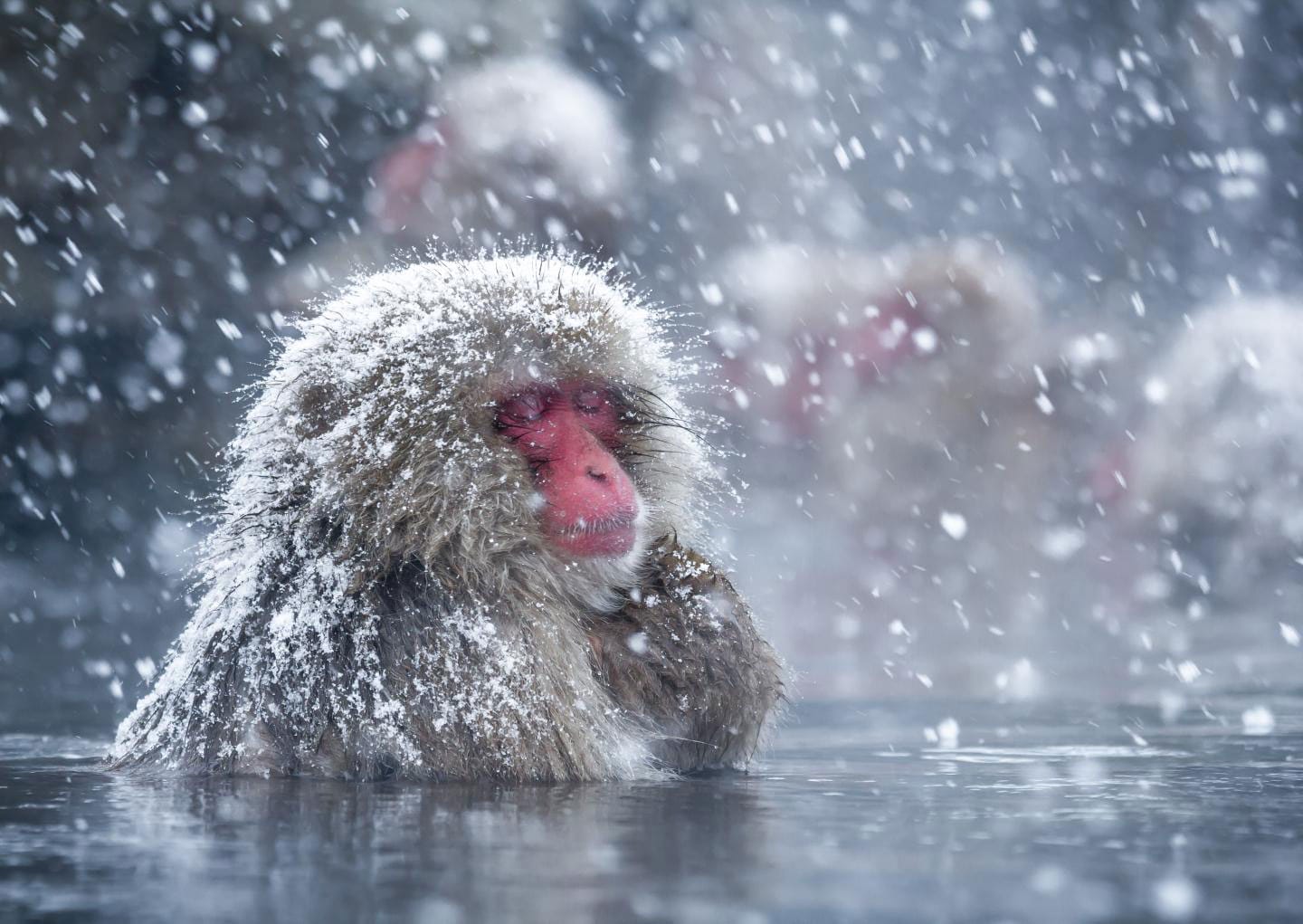Lush rolling hills, bountiful fields, dense canopies, and jagged mountains, it is no secret that Japan holds some of the most stunning scenery that you can visit across the world. Through these thriving landscapes the plant life flourishes, but the wildlife does too. Being able to see some of the interesting and unique wildlife surrounded by the beautiful nature that surrounds it, makes the whole experience even better. When thinking of things to do and places to visit when travelling Japan, seeing wildlife will most likely not be one of the first things that come to mind, but after learning about the possibilities, you will probably be fascinated. Here are just a few examples of ones you can find, but with just a bit more searching or even some exploring on your own, there are even more to discover.
Deer
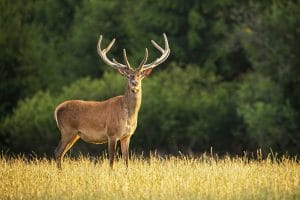
Quite possibly the most known example, deer’s are the centrepiece to the city of Nara. Found in the prefecture of the same name, you can regularly see deer strolling around the streets here normally as if they are humans interweaving with society. The best area to see them mingle is in Nara Deer Park, here you have acres and fields to see them wander around. Throughout the park you can find vendor stands that sell deer crackers that you can use to get close up to some of the deer. While handing out some crackers to the deer’s, you may find that they can sometimes give a small bow on some occasions that is always adorable to see.
Deer are a sacred symbol to the city of Nara, and the free roaming nature of the deer is a testament to how proud the residents of Nara feel towards its heritage. In the Shinto religion that is the largest one in Japan, it is believed that the deity named ‘Takemikazuchi’ rode into the city of Nara on a white deer. Because of this the deer of Nara were regarded as messengers of the gods and proclaimed as sacred.
Snow Monkey
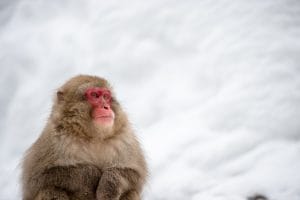
Also known as the ‘Japanese Macaque’, you may have seen these cold loving primates circling around on social media when scrolling through pictures of Japan. As the name suggests these monkeys are more prevalent towards the north and are more akin to colder climates. The iconic spot you can see them is at ‘Jigokudani Monkey Park’ in Yamanouchi, Nagano Prefecture. This park offers the unique experience of being able to see these wild monkeys bathing in the natural outdoor hot springs. As it is located right beside the dense forest of the Jigokudani area, you can see the wild snow monkeys wandering in and out of the forest for a nice hot dip in the water. In the colder months of winter when the white blankets of snow have settled around the landscape, seeing the monkeys bathing in the steaming hot springs beside it in harmony is a sight to behold.
If travelling to the Nagano Prefecture is not part of your Japan holiday agenda as it is not the most common travel spot, another place you can see these pinkish-red faced animals is in Kyoto. In the northwest region called Arashiyama where the thick forests also line the area, you can find the Japanese Macaque in the ‘Iwatayama Monkey Park’. After hiking up the mountain that the place is settled upon, you will be greeted with monkeys roaming around the plateau and all over the buildings too. Inside the structure they sell bags of apples and peanuts that you can feed to the monkeys from inside the building, making for great photo opportunities that otherwise would be quite difficult at ‘Jigokudani Monkey Park’. Unfortunately, Kyoto is a city that rarely sees snow that sticks so you will not be able to walk around in a winter wonderland, but as it is established at the top of a mountain, you are presented with sweeping views of the city instead.
Rabbits
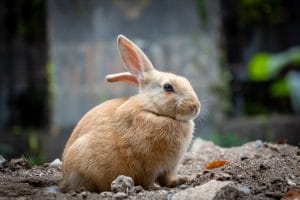
Further down south to the east of Hiroshima, is the island of ‘Okunoshima’. Accessible by a fifteen minute ferry ride via the ‘Tadanoumi Port’, this small island off the coast is a rabbit paradise. Coined the name ‘Rabbit Island’ or ‘Usagi Shima’ in Japanese because of the populous rabbit population, this place has become a popular destination for tourists over the years. Believed to be home of over one thousand rabbits, being able to see the little animals scurrying across the island will be a common sight. Just like the previous entries on this list, rabbit food is available for purchase at the visitor centre that can be used to feed the rabbits.
Interestingly, because rabbits have a high fertility rate, they are associated with safe childbirth and fertility in Japanese culture. This has led to many couples and families that are looking to bring a new child into the world, travelling to this island to be blessed with a trouble-free childbirth process.

